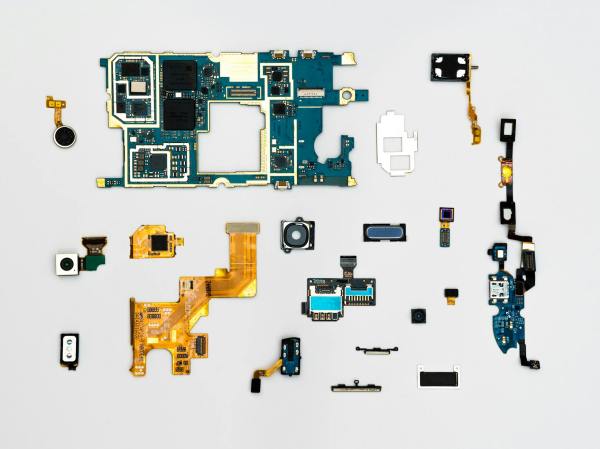The security it provides has turned blockchain technology into an essential tool for companies, which is why its implementation has not stopped growing. With the cryptocurrency boom, the reliability of blockchain became known, and this feature has led to its use in different environments, from industry to document management. But perhaps less well known is the term DLT, which stands for Distributed Ledger Technology. And Blockchain is a type of DLT technology.
What is a DLT?
Distributed Ledger Technology (or technologies) is a set of processes that allow the design of a decentralised database managed by different administrators. Therefore, there is no central computer or server to store the data and no single person to control the data recorded there. This system is more secure than conventional storage technology, and more transparent, as its manipulation would be recorded, making it a secure system that is difficult to “attack”.
Within distribution technologies, there are different types of decentralisation, ranging from systems in which local hubs have great autonomy, others in which hub(s) coexist with several support nodes, and finally those without a central control hub. The latter are usually incorporated in payment systems. In addition, access to these records can be public or private, depending on the level of security you wish to apply to the system.
DLT: secure and cyber-attack-proof information
A DLT is a single digital database managed by several participants without a central authority and with multiple copies, which helps to reduce costs by eliminating intermediaries, and to increase the traceability of the information handled by companies and organisations.
This technology, as defined by the Bank of Spain, is the result of combining three other technologies: P2P networks, cryptography and so-called consensus algorithms.
Although it sounds like a new technology, Distributed Ledger Technology is not. For years, many organisations have implemented the concept of keeping their databases separate in different spaces to prevent information theft or crashes. This guaranteed them a minimum level of decentralisation, although it was not very secure as they maintained a connection through a central system.
Now, the breakthroughs in this technology mean total decentralisation, and it enables data exchange and simultaneous updating of records with much faster and more efficient processes.
How is DLT different from Blockchain?
In fact, DLT technology encompasses Blockchain technology under its “umbrella”. In other words, there are different types of DLT, and Blockchain is one of them, along with others called Holochain or DAG, and each of them has its own particularities. In this case, these are records that form blocks. Each block is locked with a cryptographic signature, called a hash, which functions as a key. The closed block becomes part of a chain, and to open the next block it is necessary to do so with the hash of the previous block. In this way the certified information contained in each closed block can no longer be manipulated.
Benefits of DLT technology
DLTs, and thus blockchain, are increasingly being applied. These are not just databases; they are truly innovative developments that enable a high degree of transparency, efficiency, security and automation in more and more sectors.
Financial systems
Financial systems were the first to incorporate decentralised technologies. One example is cryptocurrencies such as Ethereum. These systems have made it possible to build a new, more secure and globally accessible payment system. In addition, it can become a global payment system and help to keep contracts and other information such as bank details safe.
Cybersecurity
It may seem that finance is the field with the largest current application of blockchain technologies. However, the main characteristics of these technologies and their greatest potential lie in building secure networks with varying degrees of decentralisation, to meet the needs of an increasingly digital and connected society.
Logistics
One of the fields where these technologies can cause the most disruption is in logistics. Mainly in those logistical processes where there are a large number of intermediaries. Decentralised technologies can be used to generate adjustments to the complex realities of logistics processes. One of the most significant examples is the TradeLens system, developed by Maersk in collaboration with IBM, which enables the optimisation of marine logistics and international trade processes.
Health
Another area with great potential is the health system. One of the challenges is to develop a secure system where hospitals are able to store information in a secure and accessible way. With a DLT-based system, the data could only be managed by the hospital or health centre in question. Even using all such truthful information in the advancement of scientific research, while protecting the patient’s privacy.







